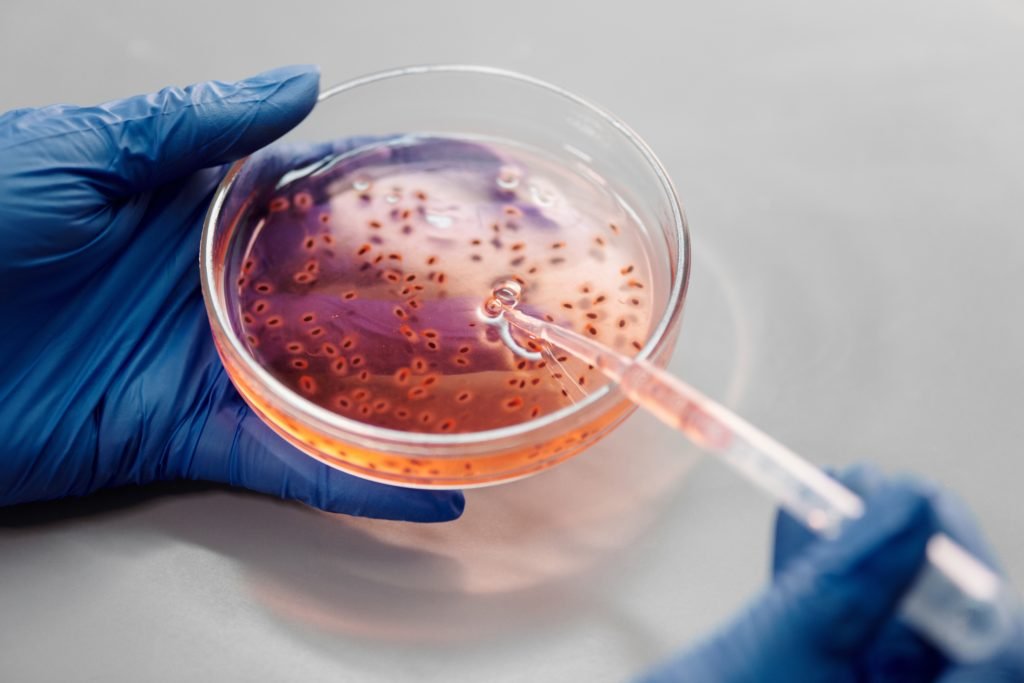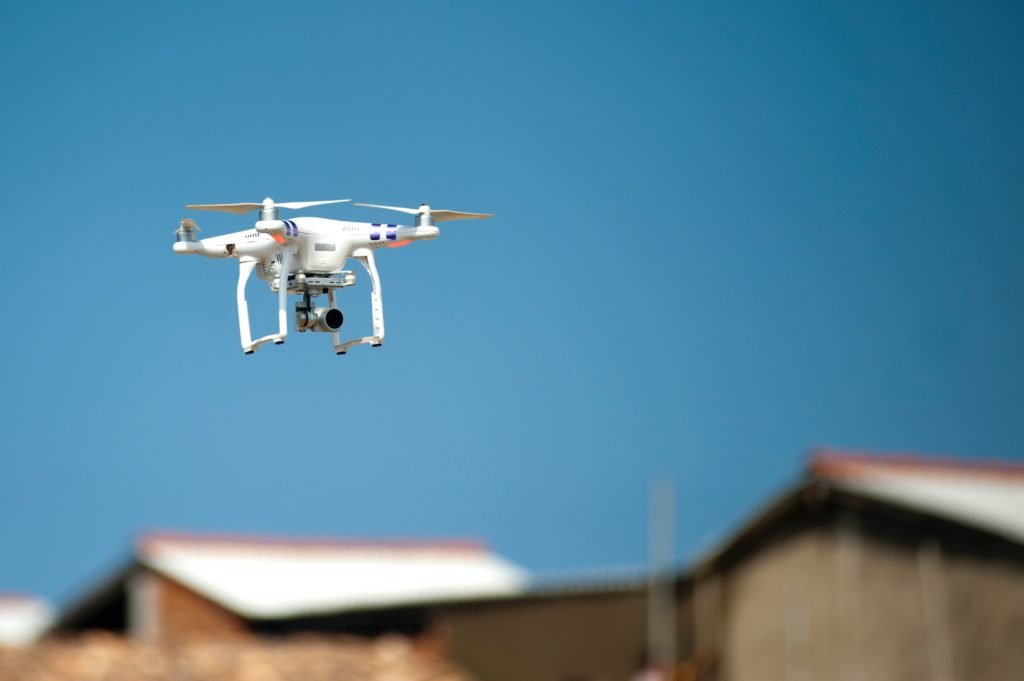Science fiction makes us think of Artificial Intelligence (AI) and robots as either the morose Marvin, the Paranoid Android, sulking away in a remote corner of the universe or the soldier-minded Terminator caught up in the war between good and evil. In reality, most robots do not come in a human-like form. The fact is that AI, as a discipline of computer science, is still a young and emerging field that has a long way to go before we can see such advanced humanoids. On its own, AI is independent of robotics, while it encompasses machine and deep learning as well. It simulates human intelligence in machines by exploiting the enormous computational power of modern computing platforms. Recent progress in computing and hardware technology has enabled us to store and process big data. This evolution in data science has led to notable advances in AI. It is now being used in many fields such as Finance and Economics, Life Sciences, Engineering and Robotics. Much work has been done in reactive and limited learning AI in the form of data mining algorithms and machine learning, but much more has to be done before advanced and abstract concepts of AI can be achieved practically.
AI technologies helped us deal with a lot of challenges when the Covid-19 pandemic began. Researchers and experts mobilised to search for solutions and offer help by making their AI research public for shared knowledge. The existing technology kept medical professionals and staff from being exposed to unnecessary risk. Let us look at how AI helped us manage the pandemic:

Medical research:
Early warning: During the outbreak of a disease, time is of essence in order to identify and contain its spread. On 31 December 2019, an AI company, BlueDot gave out the warning of an outbreak in Wuhan, China, 9 days before WHO raised the alarm. BlueDot has been tracking the spread of various diseases, including the Zika and Covid-19 viruses, since 2013 by the use of big data such as correlating air travel data to predict the next hot spots of a particular disease. It also accurately predicted the cities and future epicentres that would be affected by Covid-19 after the initial outbreak in China.
Predicting protein structures: The deep learning system AlphaFold, by the sister concern of Google, DeepMind, has predicted the 3D protein structures of the virus. This research can assist in developing tests for the pathogen, understanding how the virus works and finding therapeutic solutions.
COVID-19 Open Research Dataset (CORD-19): Due to the urgency of dealing with the pandemic, a lot of research is being done simultaneously all over the globe. CORD-19 is an open access database of Covid-19 related research, which has become an essential tool for reference and collaboration among scientists in different regions. Natural Language Processing (NLP) is proving to be an effective AI technology making it easier for users of this database to find and synthesise information quickly.
Vaccine candidates: As mutations of the virus are emerging and making us doubt the effectiveness of the existing vaccines, scientists have created an algorithm that narrows down potential candidates for development of new vaccines. This will enable us to safely develop and promptly test potential vaccines for new mutations.
Prioritising patients for vaccination: In the state of Minnesota, US, an algorithm is being used to determine the priority of people eligible for vaccination.

Healthcare and Containment Applications:
Surveillance: Cameras and facial recognition technology enabled China to keep track of people’s movements in the beginning of the pandemic. Drones were used to broadcast announcements during the lockdowns.
Logistics and Disinfection: Connected drones have transported test samples from remote areas as well as groceries to people in quarantine. They have also been used to disinfect cities in Spain.
Hospital Management and Robotic Technology: In the beginning of the pandemic in Wuhan, service robots were quite useful for simple tasks such as delivering food and medicine, and measuring temperature of hospitalised patients. Disinfection of hospital wards was also carried out by UV light robots. More recently, a throat swab collecting robot is being tested to minimise human interaction with infected patients.
We have only scratched the surface of AI technologies and their uses in our lives. Yet, we have profited significantly from these advances in a short period of time. This begs the question about how much more potential of artificial intelligence we could explore and exploit for the progress of mankind, as a whole, and what the coming few decades will look like in terms of technological development and innovation.
The author, Aamina Khan, who is also the editor of Ed-watch, is an international polyglot citizen who likes to explore the world differently. A Chartered Accountant by profession, she likes to read and write in various languages as an amateur.







